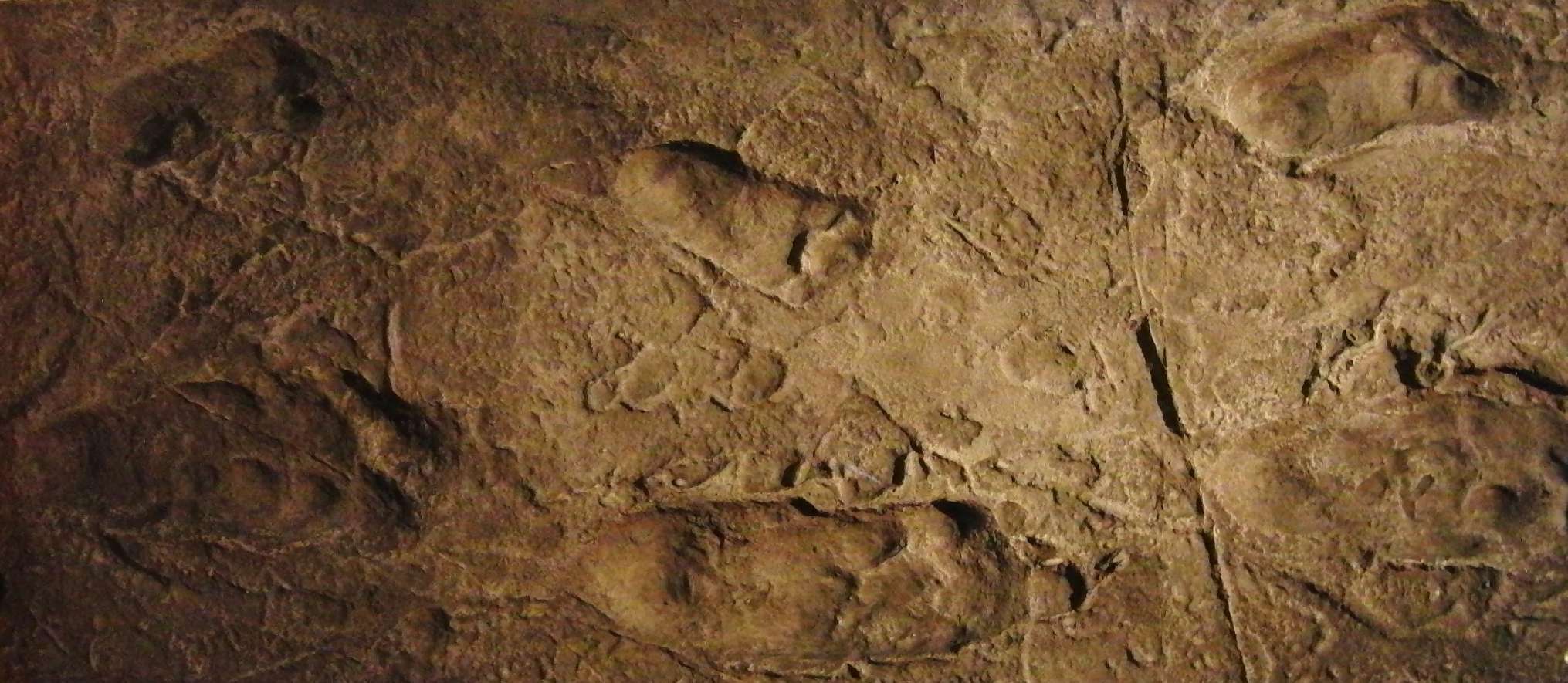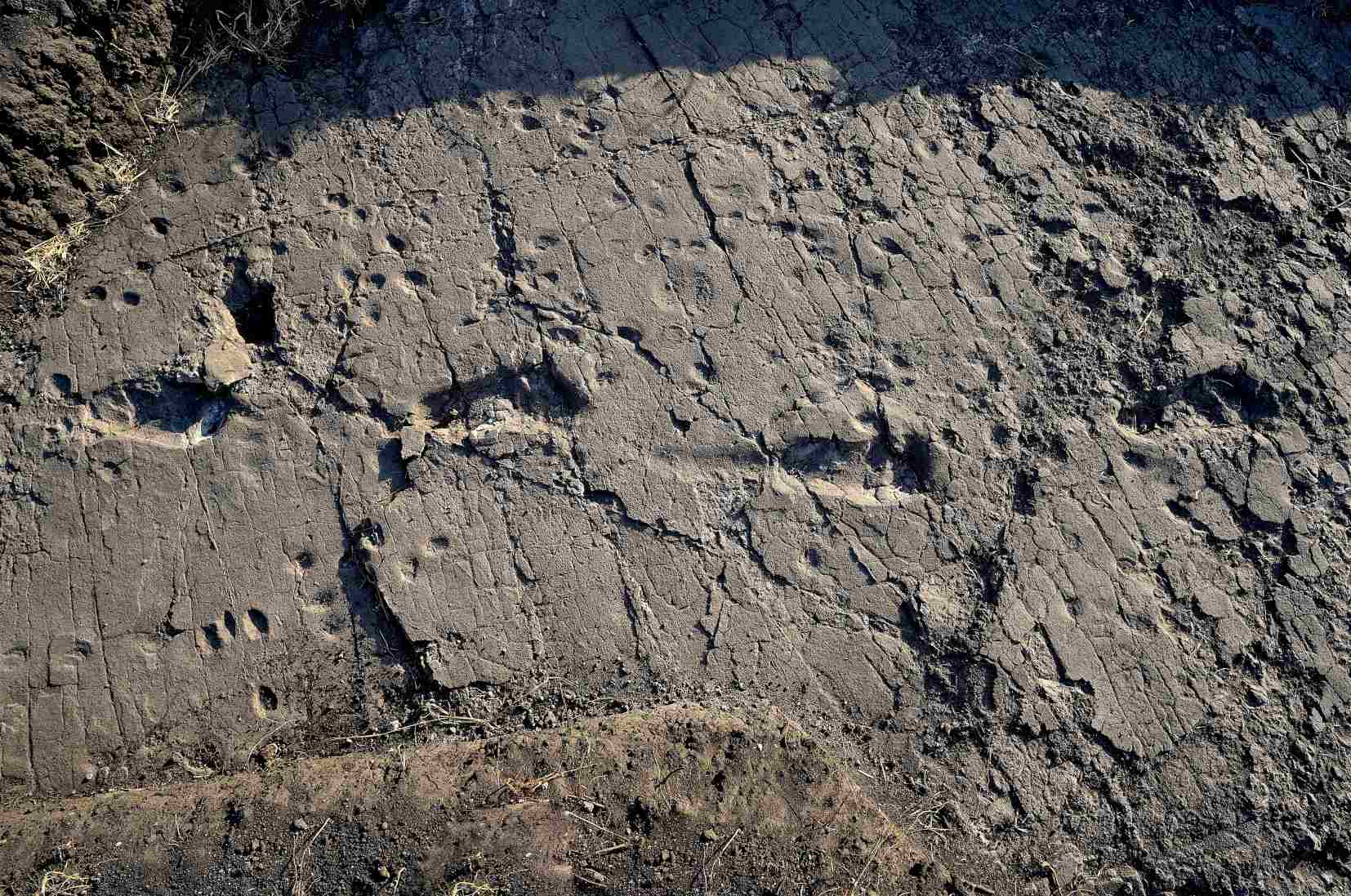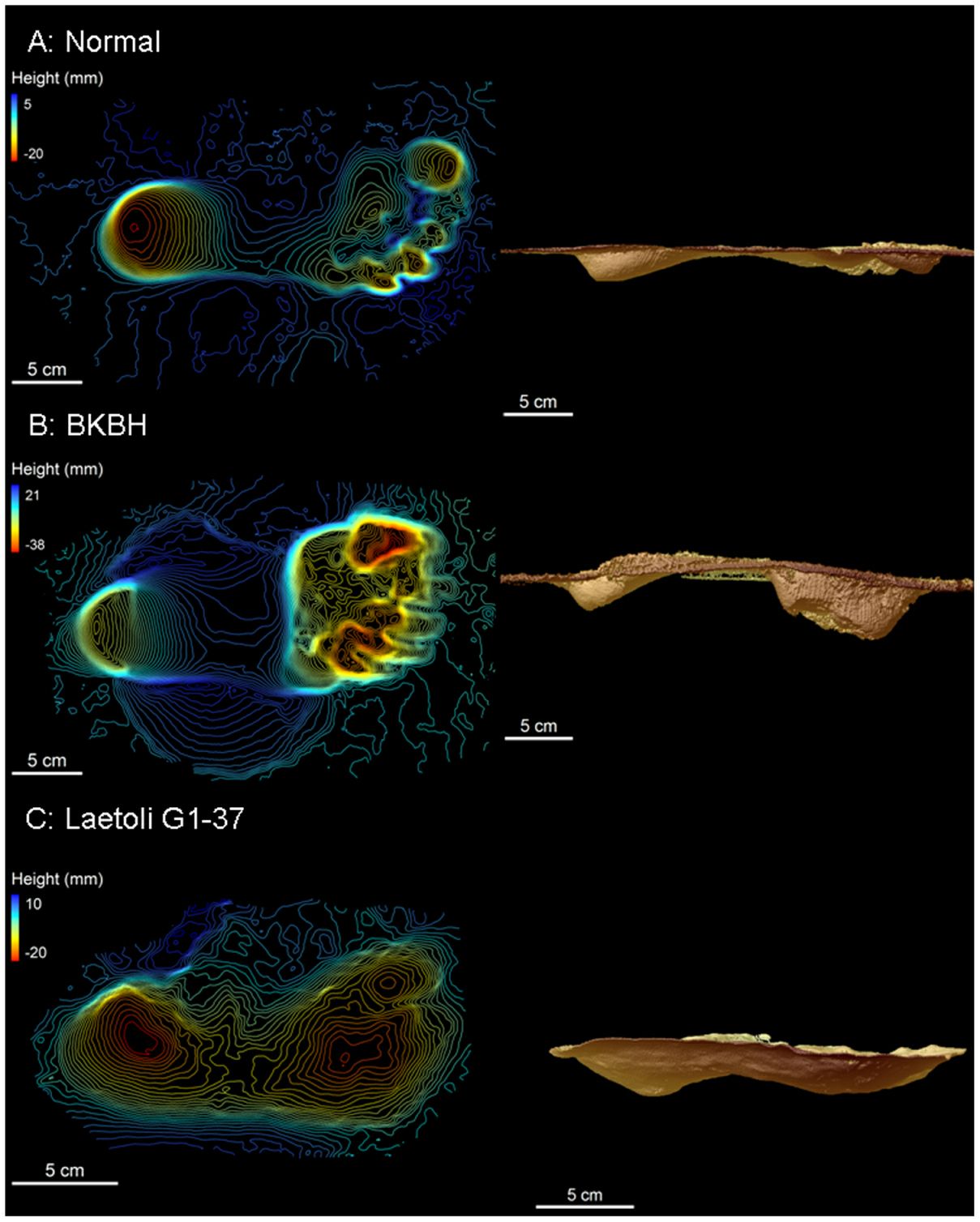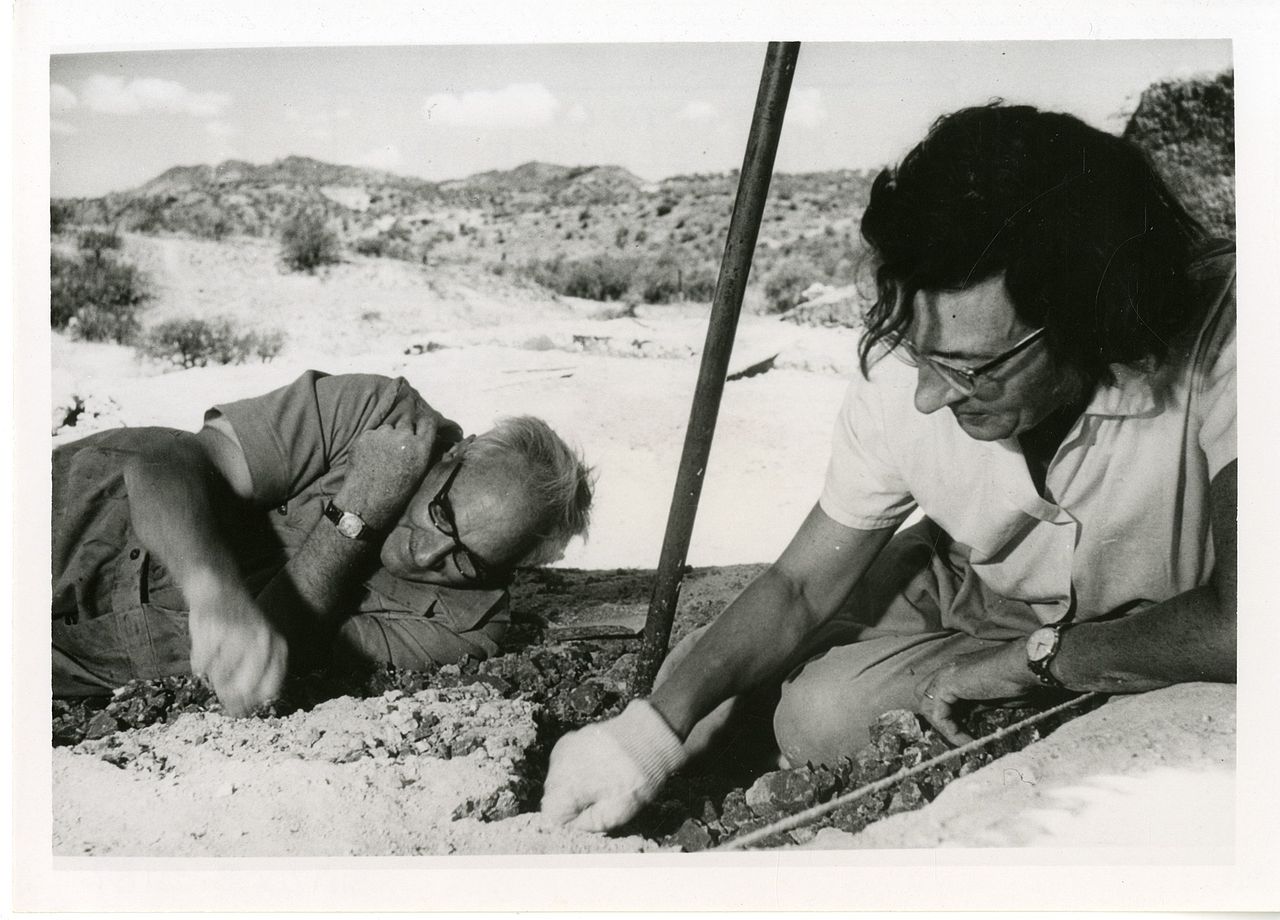A trail of pristine footprints about 88 feet in length was discovered in 1978, and it is considered by evolutionists to be one of the most remarkable finds in support of the theory of human evolution to date.

When a volcanic eruption occurred about 3.63 to 3.85 million years ago, three hominid footprints (most likely Australopithecus afarensis) were preserved in the ash fall at the archaeological site known as Laetoli in northern Tanzania. They represent the oldest hominin footprints yet discovered on the planet.
In 1976, a team led by paleontologist Mary Leakey stumbled upon animal tracks embedded in volcanic ash, but it wasn’t until Paul Abell joined Leakey’s team in 1978 that they discovered the 88-foot-long (27-meter) footprint trail now known as “The Laetoli Footprints,” which contains about 70 early human footprints.

The Laetoli hominin footprints are placed in two 27.5-meter-long trails made of moist volcanic ash that solidified due to desiccation and chemical alteration.
G1, G2, and G3 are the names given to the three hominid individuals depicted. G1 and G2 were walking side by side, while G3 was trailing behind them, stepping on some but not all of the 31 footprints of G2.

B) Contour map of modern human footprint (Subject 6) walking with a BKBH gait and side view of BKBH print.
C) Contour map of Laetoli footprint (G1-37) and side view of Laetoli footprint (G1-37). Note the difference in heel and toe depths between modern humans walking with extended and BKBH gaits. Laetoli has similar toe relative to heel depths as the modern human extended limb print. © Image Credit: Raichlen DA, Gordon AD, Harcourt-Smith WEH, Foster AD, Haas WR Jr. (CC BY 2.5)
Despite her persistent efforts, Mary Leakey’s thorough study remains one of the least controversial in a competitive, ego-driven, and financially-driven sector. While her evidence on footprints is uncontested, the interpretation of that data shows how far evolutionists will go to avoid having to confront doubts about man’s alleged evolutionary ancestry.
Following extensive research, it was concluded that the footprints “resemble those of habitually unshod modem humans…. (If the) footprints were not known to be so old, we would readily conclude that they were made by a member of our genus”– Tuttle, Natural History March 1990.

Prints from Australopithecus afarensis, Lucy’s species, have been assigned to them because of the dates. Is this, however, correct? Lucy resembled a chimpanzee in appearance and behavior. Even Lucy’s discoverer, Donald Johansson, only claims that she was a chimp who walked a little more erect than other chimps.
Unlike the human foot, the Australopithecus
Foot was an ape’s foot that had opposing thumbs and long, curled toes that were perfect for climbing in trees. In a 1996 interview, researcher Dr. Charles Oxnard stated:
“If you examine (Australopithecus foot bones) more closely, and especially if you examine it using the computer multivariate statistical analyses that allows you to assess parts that the eye doesn’t easily see, it turns out that big toe was divergent.”
Why do evolutionists insist that the Laetoli human-like footprints were created by a chimp-like Lucy and that both reflect our ancestors? It can’t be for scientific grounds, can it? For many people, the quest to establish that humans descended from animals is a powerful motivator since it removes accountability to a creator-God.
As a result, we can observe that the empirical scientists are creationists, not evolutionists. Only a human foot can leave a human footprint!

Mary Leakey has a lot to teach us. When it came to scientific data and speculation, she was more cautious than most other evolutionists because she believed that man descended from apes. According to an Associated Press interview conducted three months before her death, she agreed that science would never be able to identify exactly when archaic man became fully human.
Mary said: “We shall probably never know where humans began and where hominids left off.” Because scientists will never be able to confirm a certain scenario of human evolution, Leakey stated that “all these trees of life with their branches of our ancestors, it’s a lot of nonsense.”




